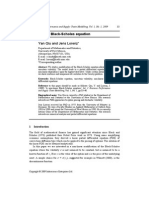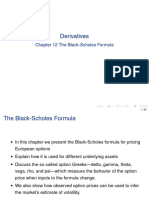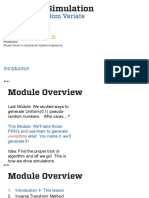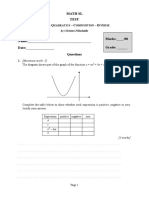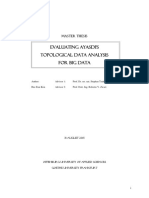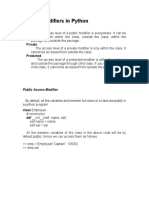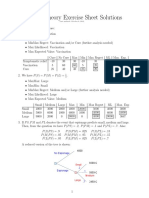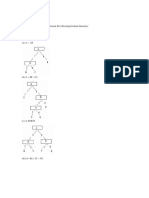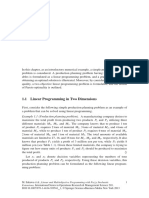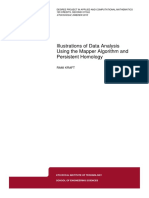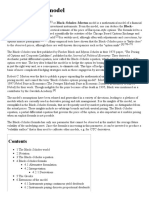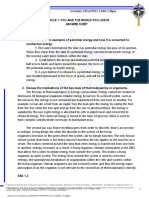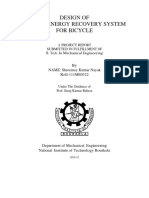0% found this document useful (0 votes)
115 views34 pagesLecture Dimensionality Reduction
Dimensionality reduction techniques simplify complex high-dimensional data by reducing the number of features or variables, making the data easier to analyze. Principal component analysis (PCA) is a common linear dimensionality reduction technique that transforms the data into a new coordinate system of orthogonal principal components. PCA identifies patterns in the data and expresses the data in such a way that the first principal component accounts for as much variability in the data as possible, and each succeeding component in turn has the highest variance possible under the constraint that it is orthogonal to the preceding components.
Uploaded by
Albert FengCopyright
© © All Rights Reserved
We take content rights seriously. If you suspect this is your content, claim it here.
Available Formats
Download as PDF, TXT or read online on Scribd
0% found this document useful (0 votes)
115 views34 pagesLecture Dimensionality Reduction
Dimensionality reduction techniques simplify complex high-dimensional data by reducing the number of features or variables, making the data easier to analyze. Principal component analysis (PCA) is a common linear dimensionality reduction technique that transforms the data into a new coordinate system of orthogonal principal components. PCA identifies patterns in the data and expresses the data in such a way that the first principal component accounts for as much variability in the data as possible, and each succeeding component in turn has the highest variance possible under the constraint that it is orthogonal to the preceding components.
Uploaded by
Albert FengCopyright
© © All Rights Reserved
We take content rights seriously. If you suspect this is your content, claim it here.
Available Formats
Download as PDF, TXT or read online on Scribd
/ 34




